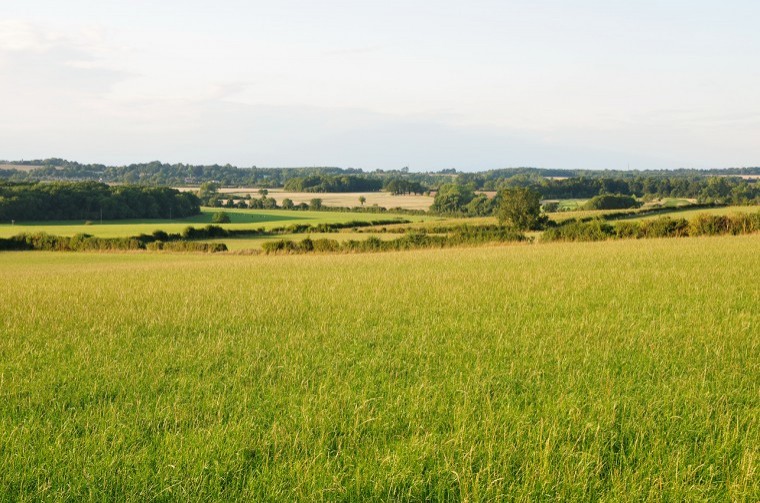Farmers should be paid to introduce grass to all arable rotations, whether or not they are grazed by livestock.
The Game and Wildlife Conservation Trust (GWCT) says using grass in this way is scientifically sound. “We would advocate that a systems approach to crop rotations is developed where restorative phases are balanced with exploitative phases with the objective of achieving net soil organic matter increases across the rotation,” says the trust in its response to the government consultation.
The trust says it is concerned that the consultation has placed individual aspects of farming and food into silos. “There is a lack of focus on what can be achieved through the adoption of a systems approach such as organic farming and the integrated farming system developed by Linking Environment And Farming (LEAF).”
Trials examining stockless organic farming systems have shown that grass/clover leys grown in all-arable rotations can be successfully cut and mulched to build soil organic matter and fertility. “This removes the need to re-introduce livestock, which comes with a huge capital and operational burden,” says GWCT, which is based in Hampshire. “Given falling consumption and low prices in the red meat sector, which is the only one which could use significant areas of rotational grass, we think there is a strong case for examining the introduction of support payments for ley rotational periods as an investment in soil health.”
But not all the cost would need to be covered by support, as the farmer also benefits from better crop yields elsewhere in the rotation and a reduction in the use of agrochemical and fertiliser inputs. “Indeed, ley periods have shown to be the singularly best way of controlling resistant black grass which costs farmers millions each year in chemical applications and lost crop.”
But the trust warns that the benefits of incorporating grass phases in current all arable rotations are diminished “if this leads to an increase in the use of the mould-board plough. In this situation glyphosate is an essential component for successful crop sequencing from ley to tillage phases.”
In general, pesticide use should be integrated more effectively with agro-ecological approaches. “We believe this developing area is insufficiently adopted but has the potential to improve farm business efficiency and deliver favourable environmental outcomes.” But farmers lack understanding about agro-ecology and how it can work in practice. For example, the use of beetle banks at the trust’s research farm in Leicestershire has removed the need for the application of summer insecticides to cereal crops for more than 25 years. “Yet many farmers lack the confidence to rely on natural predator control and are inclined to ‘insurance spray.’ This can often have a negative impact on the natural regulation within the system requiring further treatments.”
The trust is urging the government to invest in two aspects of soils research. Firstly, a better understanding of the fluxes which occur in soil organic matter levels in response to rotations and cultivation regimes. “This will require the gathering of data in the first instance to look at gains and losses over time and then using the data to model scenarios in relation to climate variations and soil type,” says the trust. “This data could then be used to calculate soil health support payments.” Secondly, more research is needed on gaseous emissions from soils under different land use types. “The work on nutrient fluxes is reasonably well understood, but not gaseous emissions. If we are to provide science based guidance on sustainable soil management this is an important and neglected component.”




